24-hour hotline:+8613662168047
Keyword search: battery plant , lithium battery factory , power bank works , lifepo4 battery mill , Pallet Trucks LiFePO4 Battery, LiFePO4 Pallet Trucks Battery, Lithium Pallet Trucks Battery,
Look at the model of the battery!
If it says "R6P" or "LR6", the voltage is 1.5V. It must be a regular battery!
If it says "* * * mAh/mAh", the voltage is 1.2V. It must be a rechargeable battery!
Note: "* * *" represents a number!
The difference between rechargeable batteries and regular batteries:
1、 Rechargeable batteries can charge, ordinary batteries cannot charge.
2、 Rechargeable batteries have low internal resistance, while regular batteries have high internal resistance, so regular batteries are not suitable for high current discharge devices, such as digital cameras.
3、 Rechargeable batteries have larger self discharge, while regular batteries have smaller self discharge. Therefore, fully charged rechargeable batteries are not prone to light leakage (about half of them will leak in about two months).
4、 Rechargeable batteries are not resistant to storage, while regular batteries are resistant to storage. Therefore, if a rechargeable battery is not used for a long time, its performance will significantly decrease, making it unusable.
5、 The terminal voltage of a rechargeable battery is 1.2V, while a regular battery is 1.5V. However, due to the small internal resistance of a rechargeable battery, the voltage decreases during use, so in most cases, the two can be used interchangeably.
Disposable batteries are commonly known as "disposable" batteries because after their charge is depleted, they cannot be recharged and can only be discarded. Common disposable batteries include alkaline manganese batteries, zinc manganese batteries, lithium batteries, silver zinc batteries, zinc air batteries, zinc mercury batteries, and magnesium manganese batteries.
Rechargeable batteries are commonly produced using different materials and processes, including lead-acid batteries, nickel cadmium batteries, nickel iron batteries, nickel hydrogen batteries, and lithium-ion batteries. Its advantage is long cycle life, they can fully charge and discharge more than 200 times, and some rechargeable batteries have a higher load capacity than most disposable batteries. In the use of ordinary nickel cadmium and nickel hydrogen batteries, the unique memory effect causes inconvenience and often leads to premature failure
Rechargeable batteries are rechargeable batteries with limited charging times, used in conjunction with chargers. The market usually sells the 5th and 7th, but there is also the 1st. The benefits of rechargeable batteries are economy, environmental friendliness, sufficient power, suitability for high-power, long-term use of electrical appliances (such as walkman, electric toys, etc.). The voltage of rechargeable batteries is lower than that of disposable batteries of the same model. AA batteries (No. 5 charging) have a voltage of 1.2 volts, while 9V rechargeable batteries actually have a voltage of 8.4 volts. Nowadays, the average charging frequency can be around 1000 times. As of February 2012, there were only five types: nickel cadmium, nickel hydrogen, lithium ion, lead storage, and iron lithium.
The active substance on the positive plate of lead-acid batteries is lead dioxide, and the active substance on the negative plate is sponge like pure lead. The electrolyte is a certain concentration of sulfuric acid solution, and the electromotive force between the plates is about 2V
The active substance on the positive electrode plate of a nickel cadmium battery is nickel oxide powder, and the active substance on the negative electrode plate is cadmium oxide powder. The active substance is wrapped in perforated steel strips, and after pressure forming, it becomes the positive and negative plates of the battery. The electrolyte is usually a potassium hydroxide solution. The open circuit voltage of the battery is 1.2V
The positive electrode material of nickel metal hydrogen batteries is nickel oxide powder, the negative electrode material is hydrogen absorbing alloy, and the electrolyte is a potassium hydroxide solution., The open circuit voltage of the battery is 1.2V. Lithium ion batteries use LiCoO2 composite metal oxides to form an anode on an aluminum plate, and lithium carbon compounds to form a cathode on a copper plate. There are sub micron sized polyolefin thin film separators between the plates, and the electrolyte is an organic solvent. The open circuit voltage is 3.6V
Lithium polymer battery is an improved version of lithium-ion battery. It does not have battery liquid and instead uses polymer electrolyte, which is more stable than ion batteries. The open circuit voltage is 3.6V
The battery capacity represents how much battery can be stored, and the numbers we see on the battery packaging generally refer to the battery capacity label. Expressed in ampere hours or milliampere hours. It is a composite unit composed of the product of current units and time units, representing the ability of a battery to continuously discharge at a constant current. A fully charged battery can last for 10 hours when discharged with a 200mA current. Multiplying the current by time yields a capacity of 2000mA for this battery H. If it is discharged with 400mA, the available time is 5 hours.
Energy density: The electrical capacity contained in a unit volume or unit weight. For the same power requirements, batteries with high energy density can have smaller volume and lighter weight.
C current: refers to the amount of current required to fully discharge or fully charge a fully charged battery within one hour. In fact, it is the numerical value of the ampere hour capacity. A battery with a capacity of 1800mA has a C current of 1800mA. A battery with a capacity of 2000mA has a current of 2000mA.
Open circuit voltage: refers to the potential difference between the two poles of a battery.
Memory effect: The new battery has a small grain size in its electrode material, which can achieve the maximum electrode surface area. Due to use, the contents of the battery crystallize. After crystallization, the grains increase, also known as passivation, which reduces the available electrode area. Moreover, the grown grains cause an increase in self discharge, leading to a decrease in battery capacity and performance damage. This is the memory effect. The reason for the memory effect is due to incomplete repeated partial charging and discharging of the battery.
Self discharge rate: After charging, the battery will gradually lose its charge even when not in use. Generally, the higher the temperature, the more significant the self discharge.
Nickel cadmium
(Ni Cd)
Voltage: 1.2V, service life: 500 times
Discharge temperature: -20 ° C to 60 ° C
Charging temperature: 0-45 degrees
ni-mh
(Ni MH)
Rechargeable battery
Rechargeable battery
Voltage: 1.2V
Service life: 1000 times
Discharge temperature: -10 ° C to 45 ° C
Charging temperature: 10 ° C to 45 ° C
Note: Currently, the maximum capacity of domestic No. 5 batteries is around 3000mAh.
Lithium ion
(Li lon)
Rechargeable battery
Rechargeable battery
Voltage: 3.6V
Service life: 500 times
Discharge temperature: -20 ° C to 60 ° C
Charging temperature: 0-45 degrees
Note: The weight is 30% to 40% lighter than nickel hydrogen batteries, and the capacity is more than 60% higher than nickel hydrogen batteries. But it is not resistant to overcharging, as overcharging can cause excessive temperature and damage to the structure=>explosion.
Lithium polymer
Voltage: 3.7V
Service life: 500 times Discharge temperature: -20 ° C to 60 ° C
Charging temperature: 0-45 degrees
Note: The improved version of lithium batteries does not have battery liquid, but instead uses polymer electrolytes, which can be made into various shapes and are more stable than lithium batteries.
Lead-acid battery
Voltage: 12V
Service life: 200-300 times
Discharge temperature: 0-45 degrees
Charging temperature: 0-45 degrees
Note: It is a general car battery (it is connected in series with 6 2V to form 12V), and a water free battery has a service life of up to 10 years, but its volume and capacity are the largest.

Lithium Batteries ,Ensure Quality
Our lithium battery production line has a complete and scientific quality management system
Ensure the product quality of lithium batteries
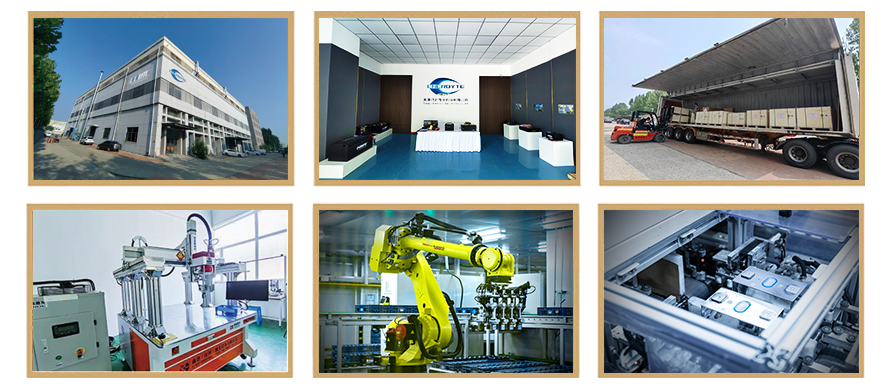
Years of experience in producing lithium batteries
Focus on the production of lithium batteries
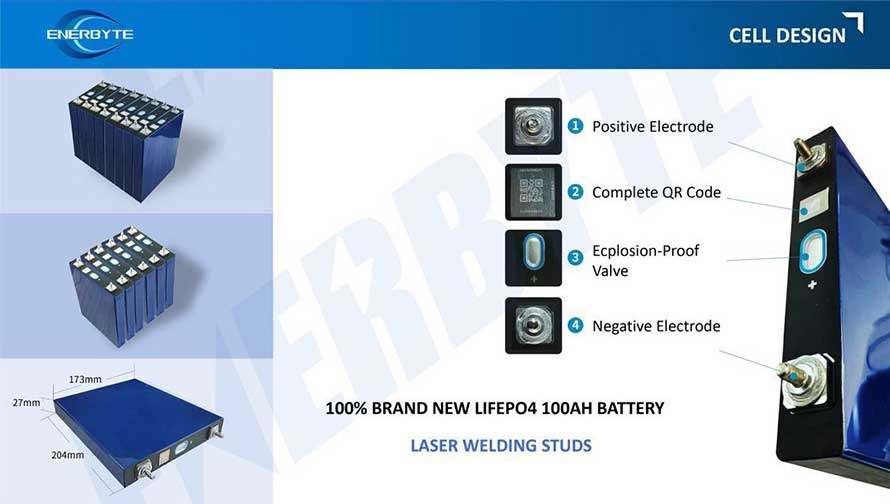
WE PROMISE TO MAKE EVERY LITHIUM BATTERY WELL
We have a comprehensive explanation of lithium batteries
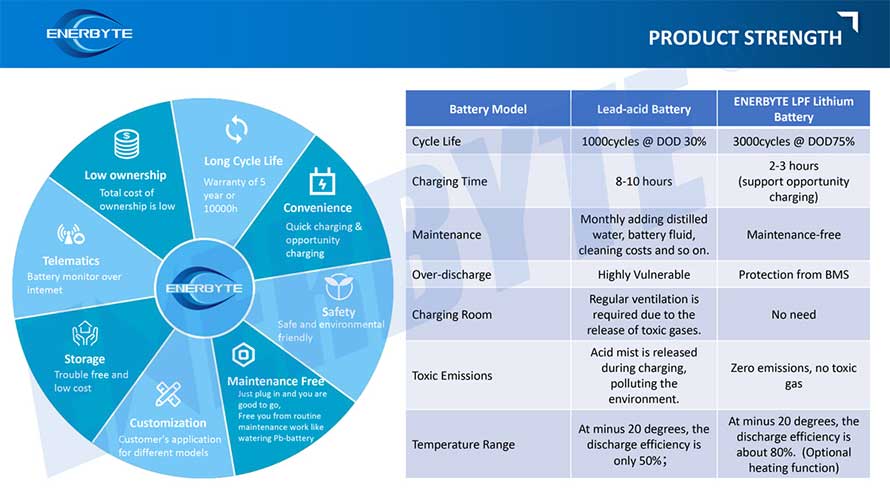
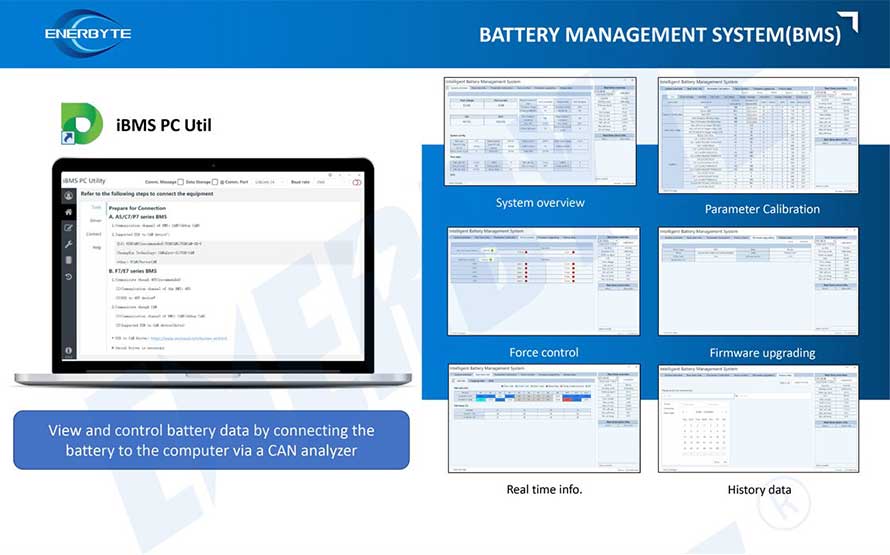
QUALIFICATION CERTIFICATE
THE QUALITY OF COMPLIANCE PROVIDES GUARANTEE FOR CUSTOMERS
MULTIPLE QUALIFICATION CERTIFICATES TO ENSURE STABLE PRODUCT QUALITY
Providing customers with professional and assured products is the guarantee of our continuous progress.
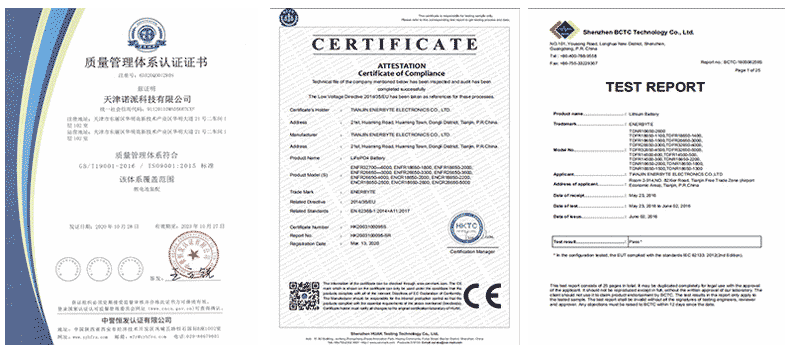
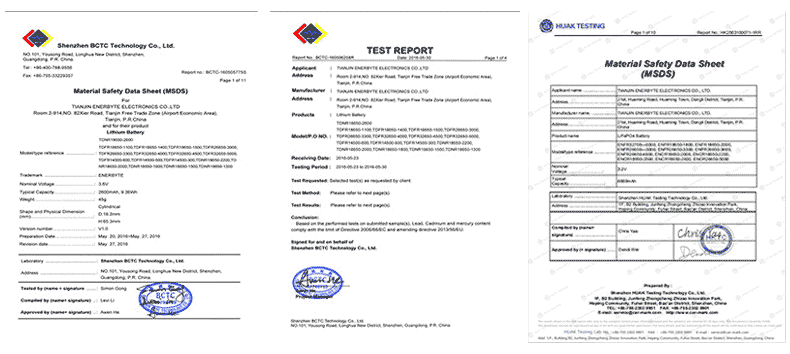
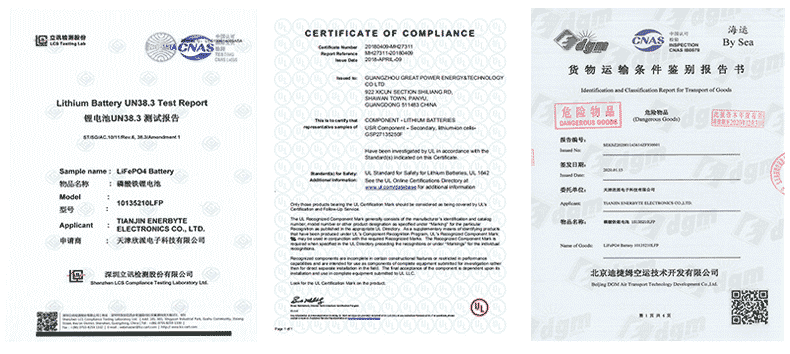
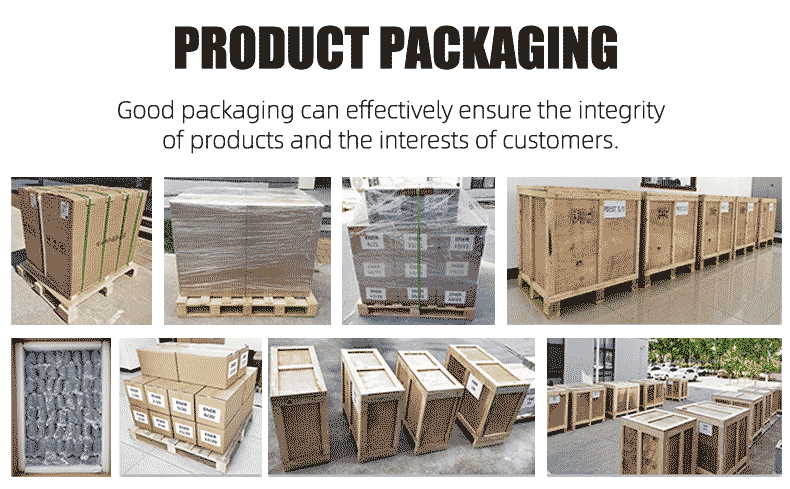
Applicable brands of our products


 Service hotline
Service hotline